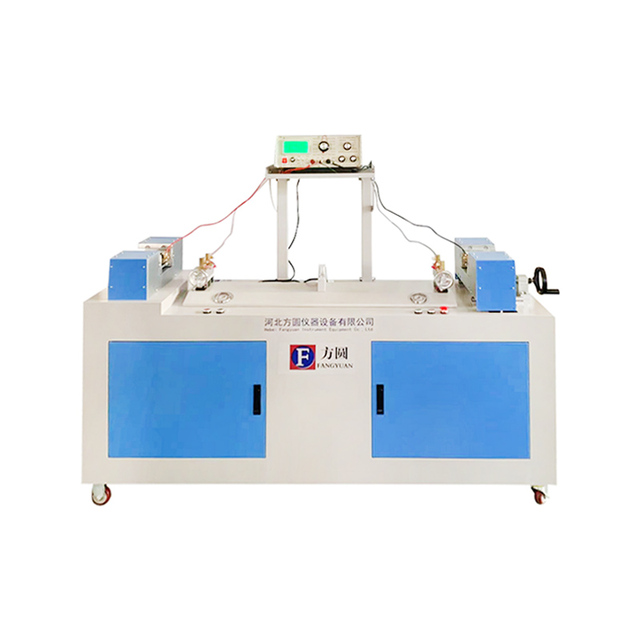cable combustion tester
The Importance of Cable Combustion Testing
In today's world, the extensive use of electrical cables in various industries necessitates stringent safety measures. One of the pivotal assessments in ensuring cable safety is the combustion testing of cables. The cable combustion tester plays a crucial role in evaluating the fire-resistance properties of electrical cables, helping to mitigate the risks associated with fire hazards.
Cable combustion testing refers to a series of evaluations designed to determine how cables respond when exposed to fire or extreme heat. This process evaluates critical factors such as flame propagation, smoke production, and toxicity of fumes released during combustion. With the increasing complexity of modern electrical systems and the growing demand for high-performance materials, understanding the fire behavior of cables is essential for manufacturers and end-users alike.
The primary purpose of a cable combustion tester is to simulate real-life fire conditions to analyze how different types of cables react. This involves subjecting cables to flames over a specified duration while measuring their combustion characteristics. The results from these tests inform manufacturers about compliance with various industry standards and regulations, such as IEC 60332 or UL 94. By adhering to these standards, manufacturers can guarantee that their products meet safety requirements and can withstand potential fire hazards.
cable combustion tester

Furthermore, the implications of cable combustion testing extend beyond manufacturer compliance. This testing is also vital for ensuring the safety of buildings and infrastructure. Cables are often routed through walls, ceilings, and floors, making them potential conduits for fire spread. By using cable combustion testers, architects and engineers can select cables with appropriate fire-resistance properties, thereby reducing the risk of fire propagation and enhancing overall building safety.
In addition to safety, the results of cable combustion tests can influence insurance premiums and regulatory approvals. Insurers frequently take into account the safety ratings of materials used in construction when calculating coverage. Similarly, regulatory bodies may require evidence of fire testing before approving building materials for use in construction projects.
In conclusion, cable combustion testing is essential for ensuring the safety and reliability of electrical systems. As industries evolve and the demand for safer, more efficient materials increases, the role of cable combustion testers will become even more significant. By investing in rigorous fire testing, manufacturers and stakeholders can ensure that they are not only meeting safety standards but also contributing to a safer environment for everyone.
-
reliable-performance-testing-with-advanced-aging-chamber-solutions
NewsAug.23,2025
-
advancing-precision-with-profile-projector-technology
NewsAug.23,2025
-
uv-led-ultraviolet-crosslinking-technology-innovation-and-prospects
NewsAug.23,2025
-
ensuring-safety-and-compliance
NewsAug.23,2025
-
electrical-properties-testing-in-modern-applications
NewsAug.23,2025
-
universal-tensile-testing-machine-applications-in-modern-electrical-and-material-testing
NewsAug.23,2025
 Copyright © 2025 Hebei Fangyuan Instrument & Equipment Co.,Ltd. All Rights Reserved. Sitemap | Privacy Policy
Copyright © 2025 Hebei Fangyuan Instrument & Equipment Co.,Ltd. All Rights Reserved. Sitemap | Privacy Policy

